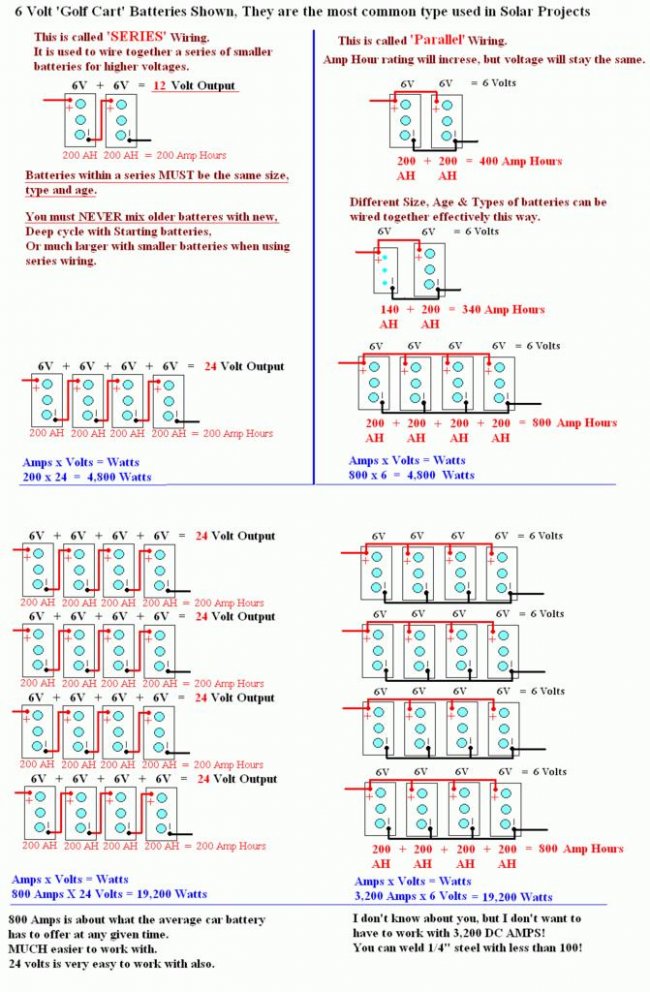JeepHammer
SHOOTER
Fwiw...see nec 110.14.
Splices must be MECHANICALLY secured WITHOUT the use of solder. Solder may then be applied.
Correct.
Mechanical securing is to keep the wire in contact with the terminal in the event it's overheated and the solder is melted again.
Mechanical connection (commonly crimp), then solder, and complete the connection with electrical insulation AND environmental protection.
AC wiring guys leave 99% of terminals unprotected, and this is a bad idea when dealing with corrosive batteries (AC guys don't deal with batteries),
AC guys deal with boxes for protection from contacting exposed terminals, so they don't electrically insulate those connection points.
Exposed battery terminals are dangerous enough, wrench slips & shorting out against something bad is a real issue since batteries have to be rotated in the battery strings from time to time.
You can't 'Turn Off' a battery like you do an AC circuit, a battery is ALWAYS a 'Live' terminal connection, the reason I stress enhanced safety around batteries...
Keep in mind, while people quote NEC (National Electrical Code) there wasn't a solar/RE section in the NEC bible until 2013.
This means a BUNCH of AC/Grid guys are WAY out of date in their education, and have little to no experience with batteries/RE systems.
This isn't bashing the guys that do grid/AC work, it's simply pointing out that many haven't cracked the books since 2013, and very few work with RE/off grid systems.
There is a reason I get a LOT of work with RE and off grid systems, they simply get stumped, of the inspector won't pass something they installed, and/or the system fails.
Failure is quite common when the electrician isn't specifically educated in RE/off grid systems.
Last edited:







